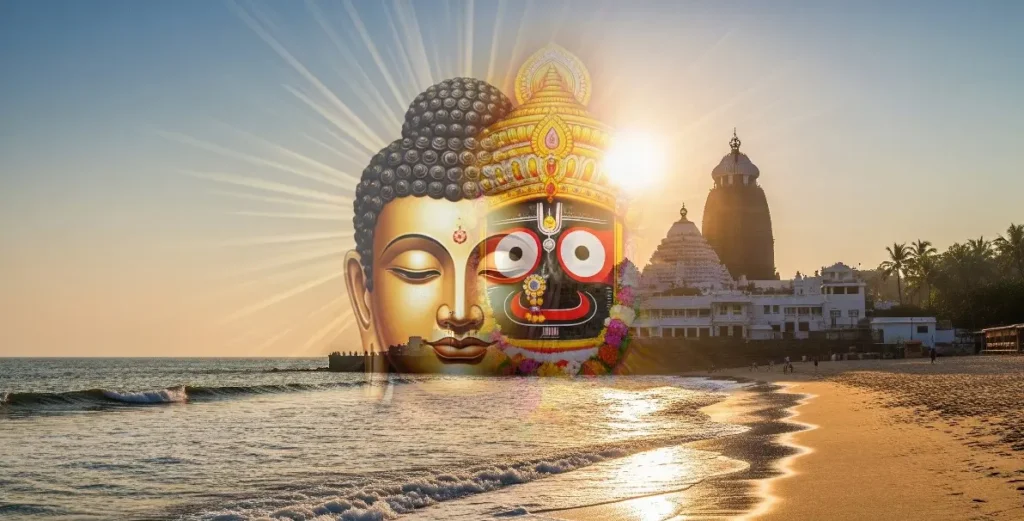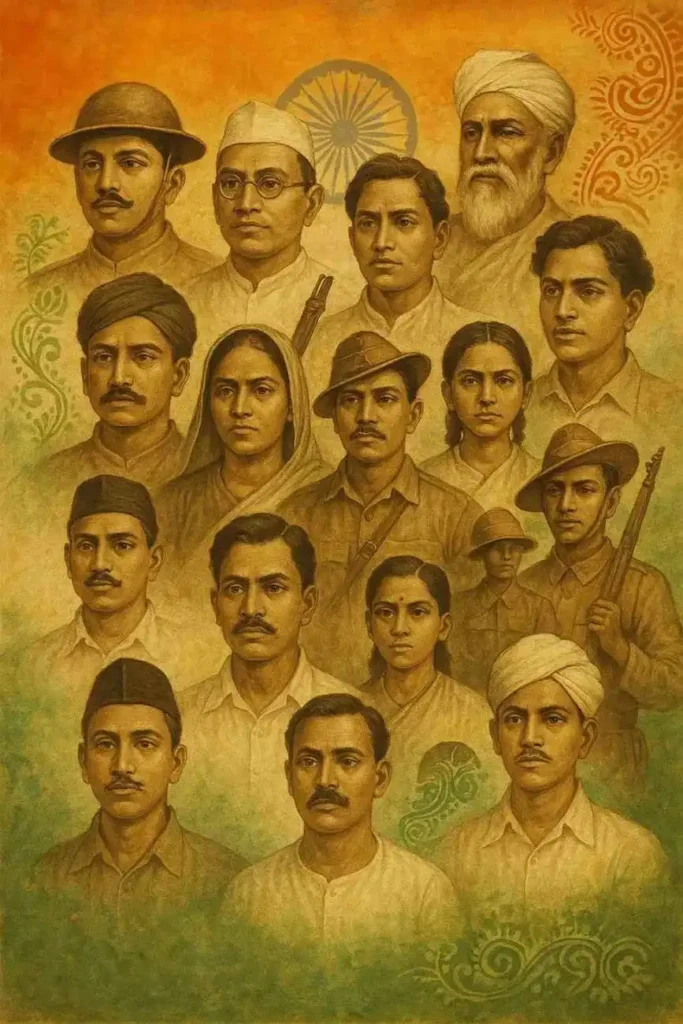
Table of Contents
When we discuss India’s freedom struggle, we often highlight names like Rani Lakshmibai, Tantia Tope, and Kunwar Singh.
Meanwhile, in the dense forests and rugged hills of Odisha, Veer Surendra Sai led a fierce guerrilla war against the British.
This blog explores the heroic journey of this valiant son of Sambalpur, Odisha, and explains why he rightly belongs among India’s greatest freedom fighters.
Early Life of Veer Surendra Sai
A Prince by Birth, A Patriot by Heart
Veer Surendra Sai’s parents gave birth to him on January 23, 1809, in Khinda village, Sambalpur district, Odisha.
Moreover, his father, Dharam Singh, belonged to the royal lineage of Sambalpur, and therefore, this lineage made Surendra the rightful heir to the throne.
However, the British denied his claim and consequently sparked a resistance that he led for decades.The Beginning of a Rebellion
When Maharaja Maharaj Sai died without naming an heir in 1827, the British installed a puppet ruler, Rani Mohan Kumari, on the throne.
The people of Sambalpur reacted with outrage. At just 18, Surendra Sai took up arms to fight this injustice.
His uncle Balaram had already trained him in horse riding and guerrilla tactics, and many local zamindars actively supported his cause.
The Long Struggle Against the British
Surendra Sai began his resistance well before the First War of Independence in 1857.
The British imprisoned him for 17 years in Hazaribagh Jail (1840–1857) because he opposed their authority.
After he gained release during the 1857 revolt, he resumed his guerrilla war with unmatched determination.
Guerrilla Warfare & Strongholds
Surendra Sai’s operations were strategic. To begin with, he blocked British communication lines from Ranchi, Cuttack, and Nagpur. Furthermore, he established Debrigarh in Barapahar Hills as his main base. In addition, other key strongholds included Paharsirgida, Singoda, and Gadpati. Consequently, his tactics constantly kept the British on edge.
The Intense Years of Battle (1857–1862)
- In 1858, British officer Captain Woodbridge lost his life at Debrigarh. As a result, tensions escalated further.
- In Jujomura, Dr. Muir also fell in battle. Likewise, British forces suffered continued blows.
- Consequently, night raids, ambushes, and battles occurred frequently, showcasing the brilliance of Sai’s guerrilla strategies.
- Even after many losses, including the death of his brother Chhabila, Surendra Sai continued to fight with unwavering determination.
The Betrayals and Surrender
After years of fighting, Surendra surrendered in 1862, persuaded by the conciliatory approach of Major Impey. But peace was short-lived. When Impey died, new officers suspected Surendra of reigniting rebellion. In 1864, he was captured under treachery during a festival, drugged with sweets mixed with intoxicants by a British spy, Dayanidhi Meher.
Imprisonment and Death
After British officers arrested Surendra Sai, they tried and sentenced him to life imprisonment.
Even though the court acquitted him, the British used Regulation III of 1818 to re-arrest him.
They sent him to Asirgarh Fort, where he languished for 20 long years, lost his eyesight, and eventually passed away on February 28, 1884.
Personal Sacrifices
A Family Torn by War
- His wife, Sunakumari, lived her life like a grass-widow.
- His sister, Anjana, died unmarried.
- His brothers and son were either killed or jailed.
Why Veer Surendra Sai Matters Today
Surendra Sai remains one of the most underrated heroes of India’s freedom movement. Despite the odds, he spent 37 years in prison and led one of the longest guerrilla struggles against British rule. Nevertheless, people rarely acknowledge his contributions on a national scale.
Therefore, we must rewrite our history books to give him the place he truly deserves.People Also Ask
1. Who was Veer Surendra Sai?
He was a freedom fighter from Odisha who led a guerrilla war against British rule from the 1820s to the 1860s.
2. What is Veer Surendra Sai famous for?
People recognize him for leading a long-term resistance against British colonial rule, especially through guerrilla warfare in Western Odisha.
3. On which date do people celebrate Veer Surendra Sai Jayanti?
His birth anniversary is celebrated on January 23rd every year in Odisha and among freedom movement enthusiasts.
4. Which prisons held Veer Surendra Sai?
He was imprisoned in Hazaribagh Jail and later in Asirgarh Fort Jail, where he died in 1884.
5. Why is Veer Surendra Sai less known?
Regional neglect and limited national coverage have caused other leaders of the time to overshadow his contributions.
Final Thoughts
Veer Surendra Sai’s life is a testament to unyielding courage and deep patriotism. His story is not just Odisha’s pride, but India’s inheritance. Let’s spread his legacy far and wide.
If you found Surendra Sai’s story inspiring, then share this blog with your friends and family. Together, let’s make sure this unsung hero gets the recognition he deserves. So, celebrate Veer Surendra Sai Jayanti with pride. Furthermore, tell his story. Let it inspire you. Be proud.


